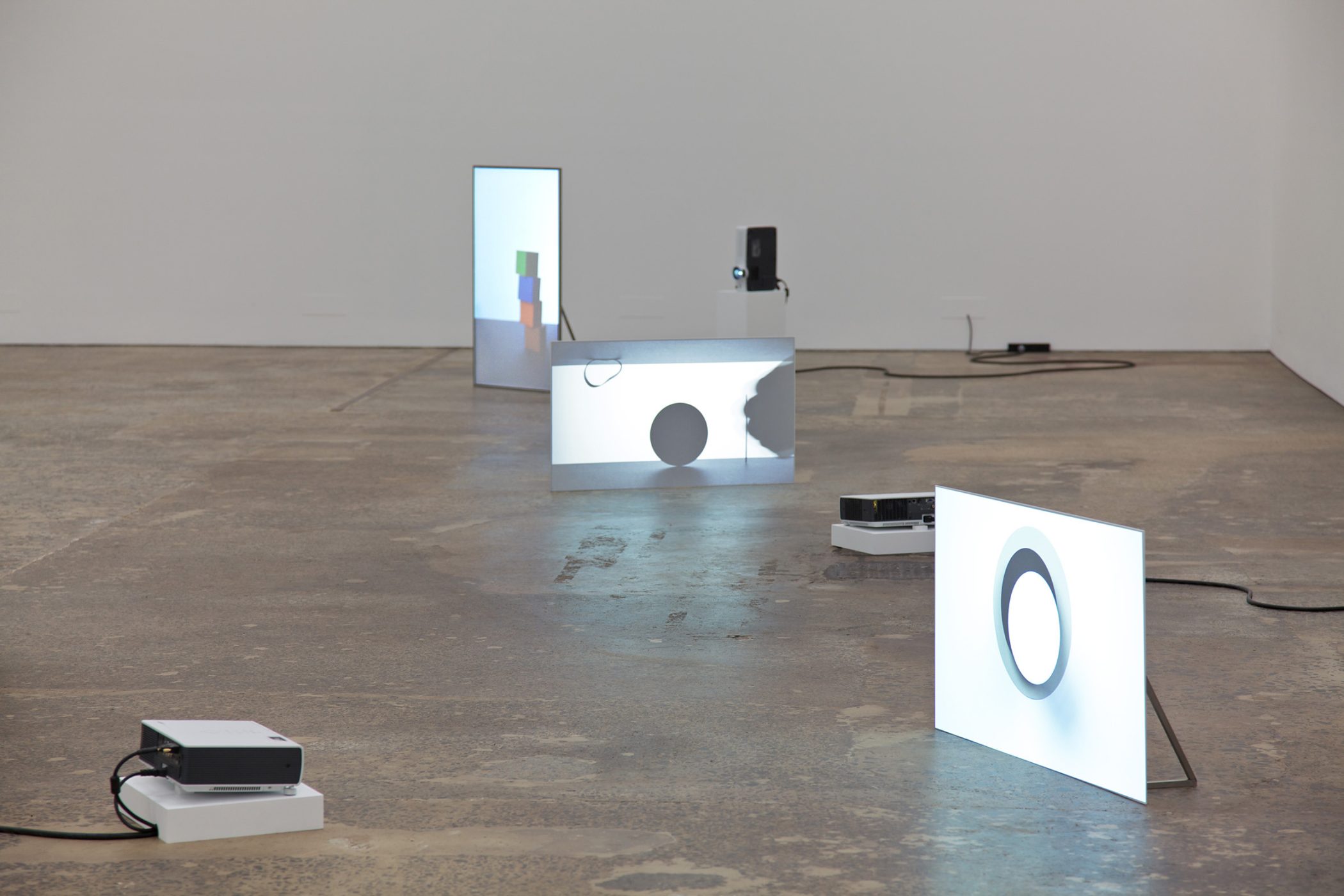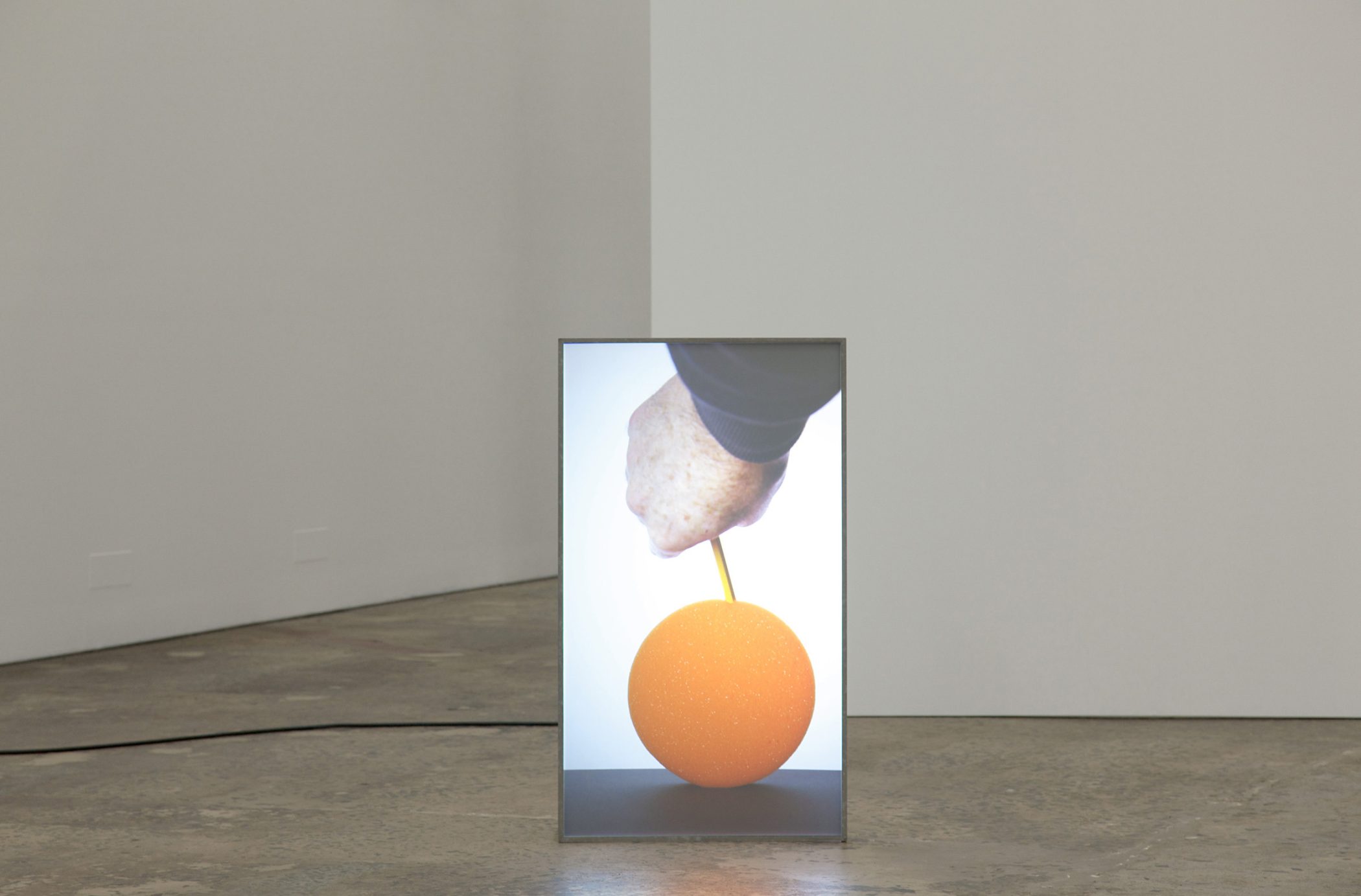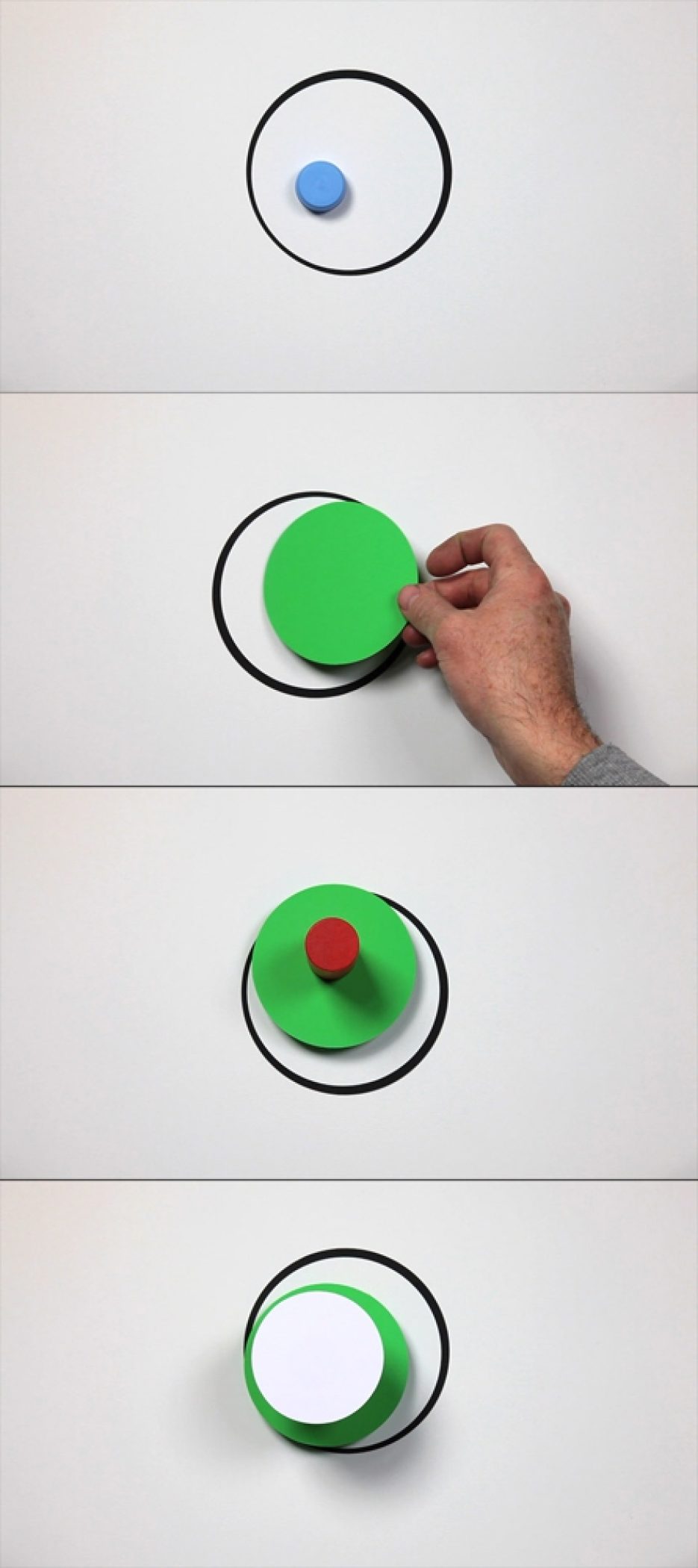Daniel von Sturmer
The Cinema Complex
2nd October – 18th December 2010
Anna Schwartz Gallery Carriageworks
In Daniel von Sturmer’s suite of works,’ The Cinema Complex’, a familiar cast of objects appear: pencils, plasticine, blocks constructed of coloured paper — those objects and materials that are often close at hand in the studio. They spin around on what seems to be a static ground; they are stacked upon one another in towers which defy our conventional sense of ‘up’. In many of von Sturmer’s works, the most modest of materials contradict our understanding of physics and challenge our perception of all moving image as ‘documentary’. But he is no special effects artist: von Sturmer’s footage is never manipulated — rather it is the viewer whose perspective must shift.
For ‘The Cinema Complex’, von Sturmer has created seven discrete video works, seven ‘sequences’ that compel their audience to look and move beyond the screen. The actions performed before the camera are often bound with the site of their projection: the objects in Sequence 4, pushed to the precipice of a white A4 paper tower, fall beyond the lower edge of the screen and disappear, with a thump, to the floor of the gallery. Unlike the darkened mazes of the cinema complexes to which we are accustomed, von Sturmer’s is fully lit, emphasising his policy of full disclosure. The architecture of the space is on show, alongside the projectors, the cables and the screens that function to make each work visible. Also on view in ‘The Cinema Complex’ are several discrete ‘walls’, structures that refer to scenery flats used in theatrical productions. Whilst providing ‘behind the scenes’ access, these screens also serve to block vision and to divert passage through the field of moving images.
Von Sturmer further challenges the conventions of the cinematic experience by constructing a situation which cannot be passively received. Moving into the space of von Sturmer’s architecture and image, and by each individual play of objects, one becomes the subject of an even larger figure/ground proposition.
Despite the measured force behind the objects in front of the camera, and the deliberate and considered placement of each element of the installation, the works comprising ‘The Cinema Complex’ retain a sense of experimentation; each one a hypothesis. These are the ‘practice runs’ that comprise a practice.
Although, as native and sophisticated viewers of the moving image, we expect the plot to come to a climax, von Sturmer refuses to admit to any spectacular ending. These videos are in process as much as about process. For all of von Sturmer’s material experiements and deft sequencing, ultimately each viewer becomes the subject of the work; and each decides upon the final edit.
Images
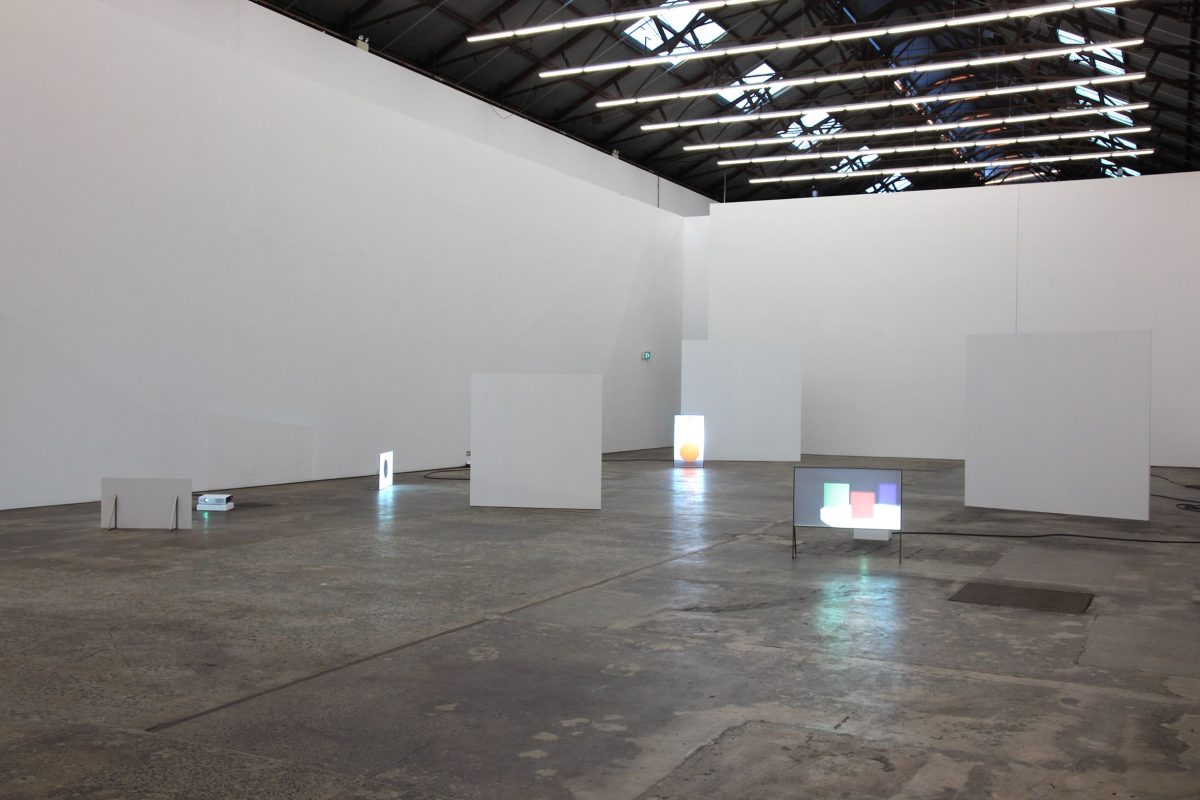
Daniel von Sturmer
The Cinema Complex, 2010
installation view, Anna Schwartz Gallery, Carriageworks
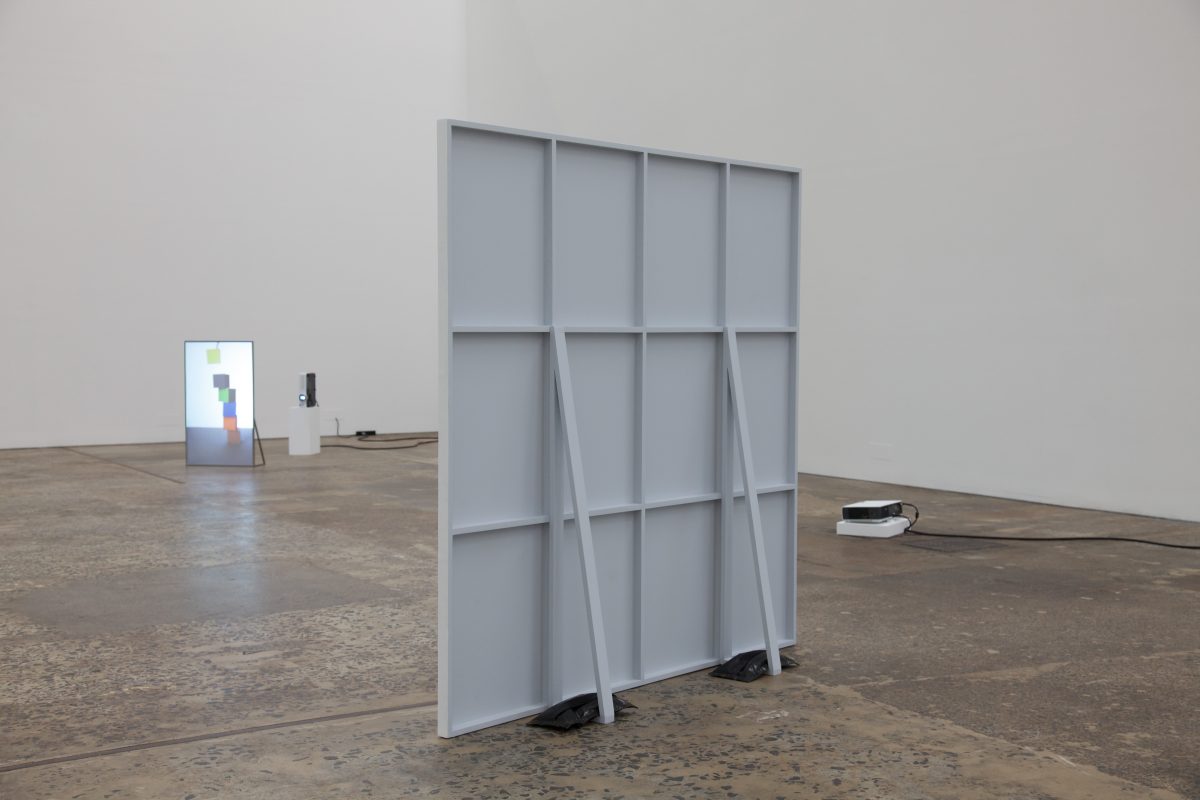
Daniel von Sturmer
The Cinema Complex, 2010
installation view, Anna Schwartz Gallery, Carriageworks
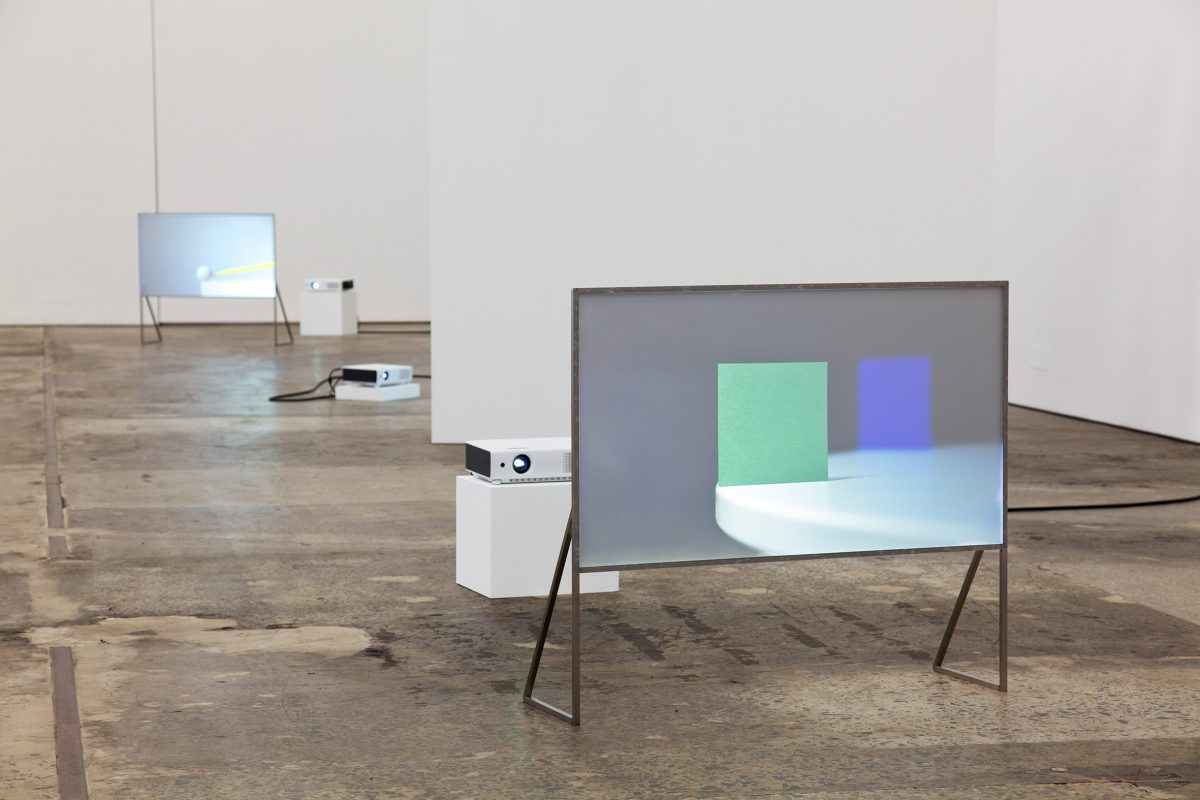
Daniel von Sturmer
The Cinema Complex, 2010
installation view, Anna Schwartz Gallery, Carriageworks
Daniel von Sturmer
The Cinema Complex, 2010
installation view, Anna Schwartz Gallery, Carriageworks

Daniel von Sturmer
The Cinema Complex, 2010
installation view, Anna Schwartz Gallery, Carriageworks

Daniel von Sturmer
The Cinema Complex (Sequence 1), 2010
HD video, 9:16, colour, silent
2 minutes 33 seconds
installation view, Anna Schwartz Gallery, Carriageworks

Daniel von Sturmer
The Cinema Complex (Sequence 2), 2010
HD video, 16:9, colour, silent
3 minutes 47 seconds
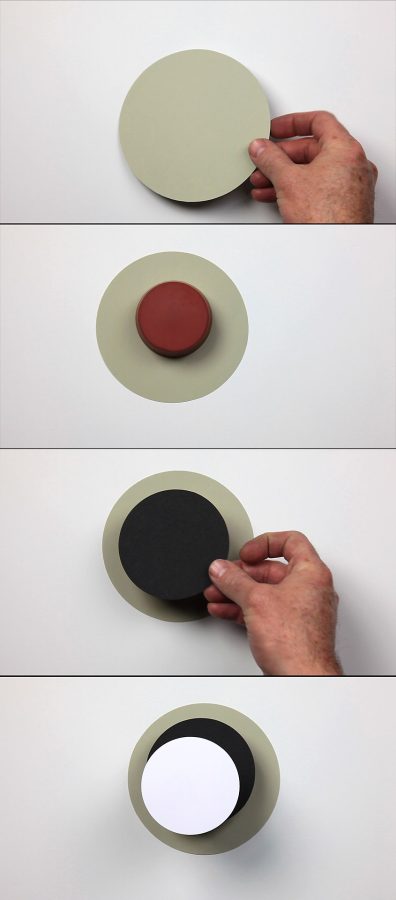
Daniel von Sturmer
The Cinema Complex (Sequence 3), 2010
HD video, 16:9, colour, silent
4 minutes 35 seconds
Daniel von Sturmer
The Cinema Complex (Sequence 4), 2010
HD video, 16:9, colour, sound
3 minutes 17 seconds
Edition of 3
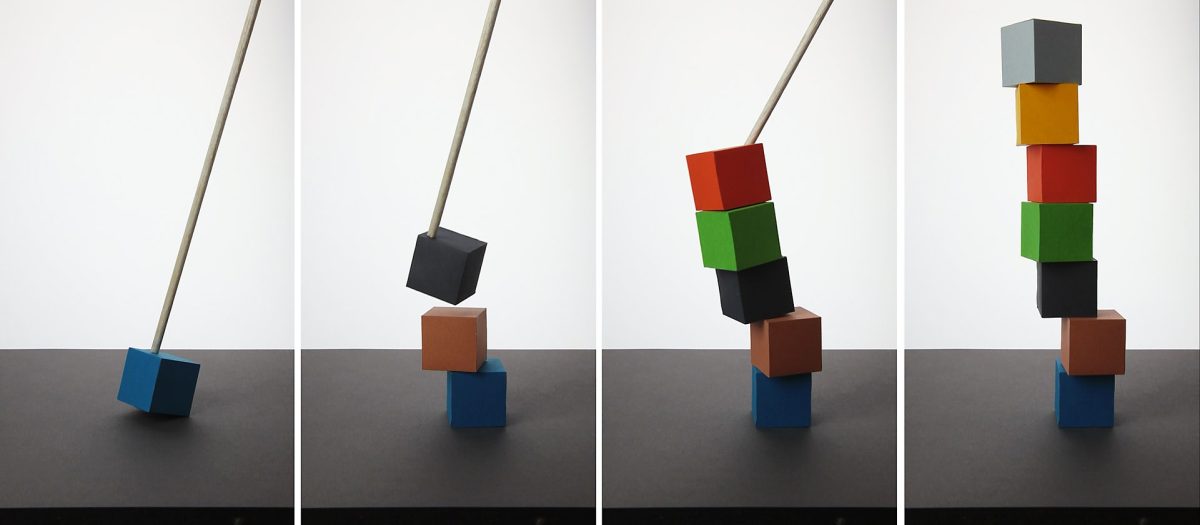
Daniel von Sturmer
The Cinema Complex (Sequence 5), 2010
HD video, 9:16, colour, silent
1 minute 47 seconds
Edition of 3

Daniel von Sturmer
The Cinema Complex (Sequence 6), 2010
HD video, 16:9, colour, silent
1 minute 10 seconds
Edition of 3

Daniel von Sturmer
The Cinema Complex (Sequence 7), 2010
HD video, 16:9, black and white, silent
2 minutes 19 seconds



